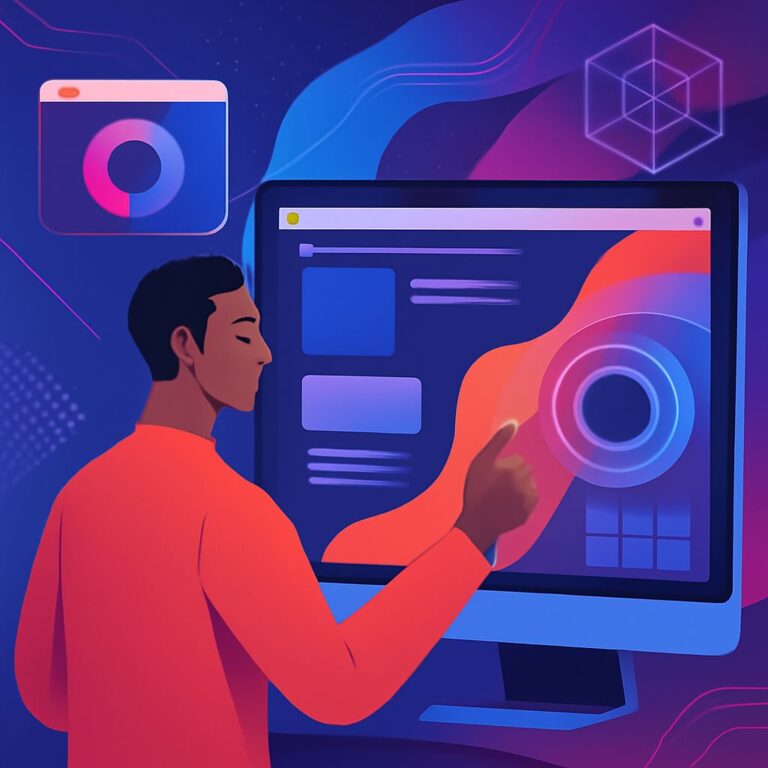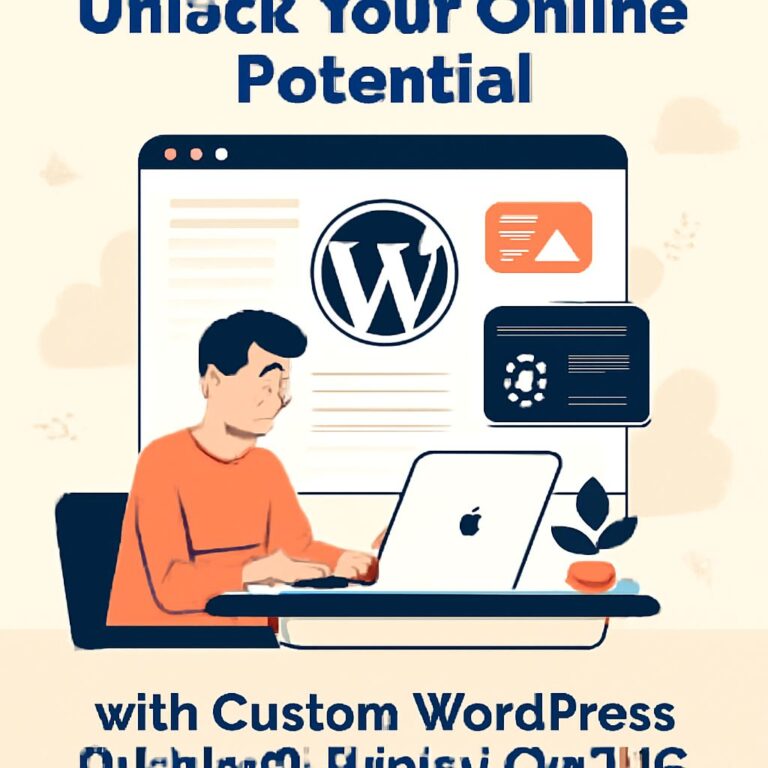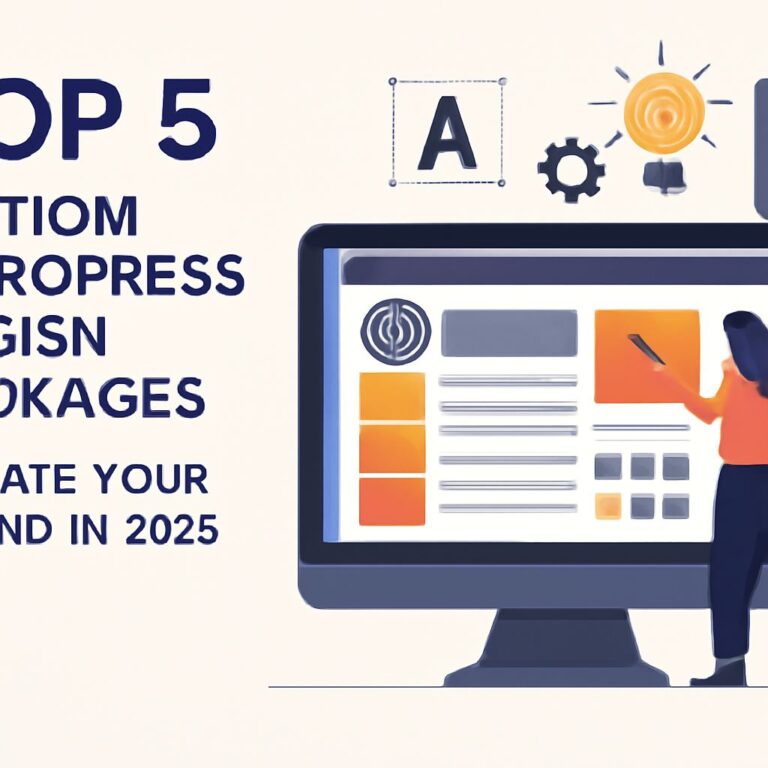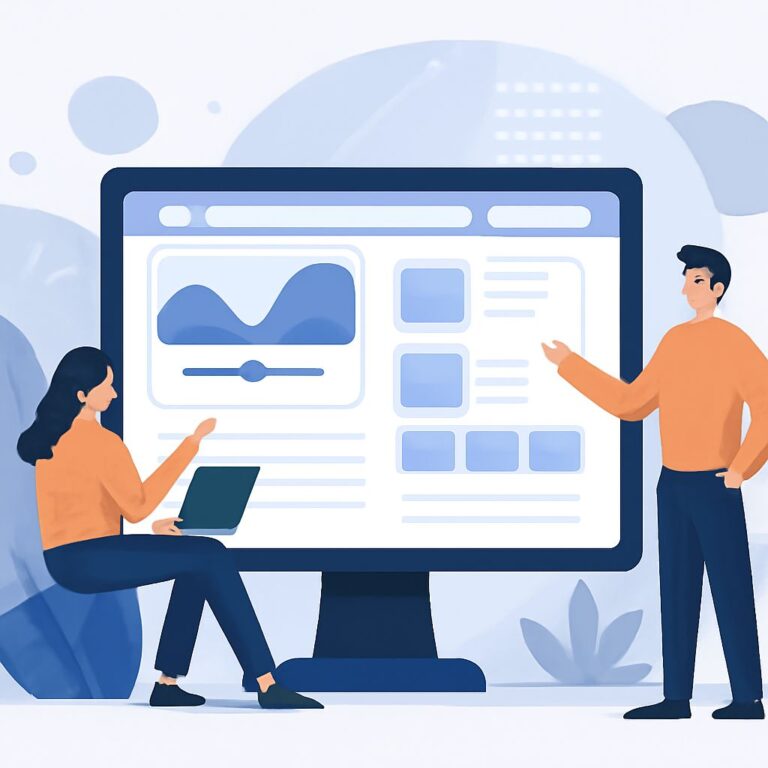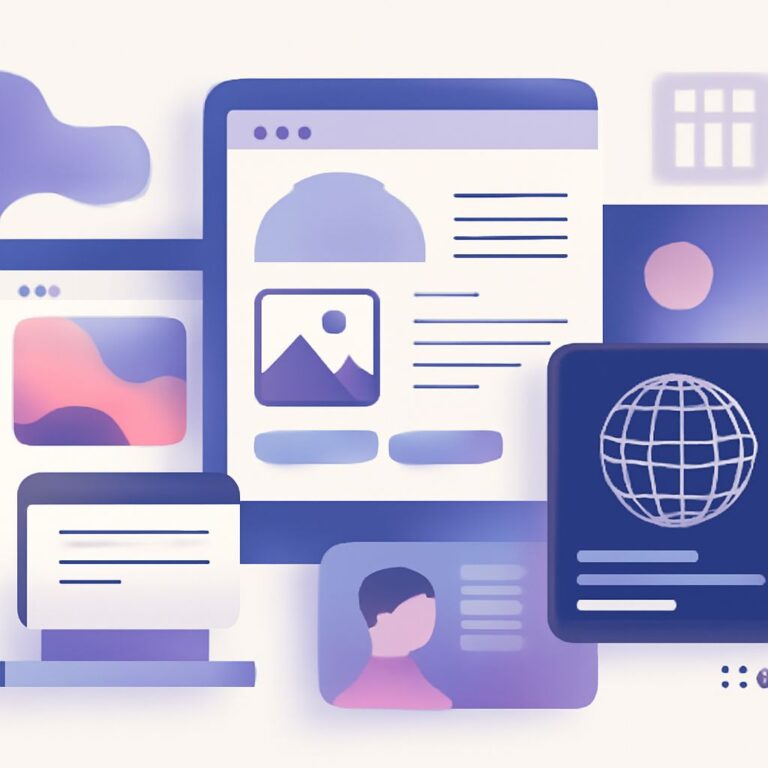Table of Contents
The Evolution of Flat UI Design
In recent years, the landscape of web and application design has undergone a significant transformation. Among the various trends that have emerged, flat UI design has taken center stage. This minimalist approach, characterized by its clean lines, bold colors, and lack of extraneous elements, has quickly gained traction in the design community. But what exactly is flat UI design, and why is it expected to endure well into 2025 and beyond?
Understanding Flat UI Design
Flat design focuses on the use of two-dimensional elements, eschewing any three-dimensional effects such as shadows, gradients, or textures. The goal is to create a straightforward, uncluttered interface that enhances usability and accessibility. Here are some key features:
- Simplicity: Flat designs prioritize essential elements, removing all unnecessary embellishments.
- Bold Colors: A vibrant color palette is often used to create visual interest and guide user interactions.
- Typography: Clear and legible fonts are central to flat design, ensuring that text is not only aesthetically pleasing but also functional.
- Responsive Layouts: Flat UI designs are typically responsive, adapting seamlessly to various screen sizes and devices.
The Popularity Surge
The rise of flat UI design can be attributed to several factors. As technology advances, users have become more accustomed to digital interfaces, leading to a demand for designs that are intuitive and user-friendly. Here are some reasons for its growing popularity:
1. Enhanced User Experience
In an age where efficiency is key, users prefer interfaces that are easy to navigate. Flat design minimizes distractions, allowing users to focus on essential content and actions. By eliminating unnecessary clutter, designers can create a more streamlined experience.
2. Mobile Optimization
With the proliferation of mobile devices, responsive design has become a necessity. Flat UI design is inherently adaptable, making it a perfect fit for mobile applications. The absence of heavy graphics allows for faster loading times and improved performance on smaller screens, which is crucial in retaining users.
3. Aesthetic Appeal
Flat design is visually striking, often leveraging vibrant color schemes and clean lines to create an appealing interface. This aesthetic quality is not just for show; it can also establish a strong brand identity. Companies are increasingly recognizing the importance of a cohesive design language that resonates with their audience.
Flat UI vs. Skeuomorphic Design
Before flat design became prominent, skeuomorphic design dominated the digital space. This approach aimed to mimic real-world objects, often laden with textures and shadows. Understanding the differences between flat UI and skeuomorphic design is essential:
| Aspect | Flat Design | Skeuomorphic Design |
|---|---|---|
| Visual Style | Two-dimensional, minimalist | Three-dimensional, realistic |
| Color Usage | Bold and vibrant | Subtle and textured |
| User Experience | Focused on simplicity | Incorporates familiar real-world elements |
| Responsiveness | Easily adaptable | Can be cumbersome on smaller screens |
Future-Proofing with Flat Design
Looking ahead to 2025, flat UI design is expected to evolve but remain a fundamental aspect of digital design. As designers continue to refine their skills, several trends will shape the future of flat design:
1. Incorporation of Microinteractions
Microinteractions refer to subtle animations or responses that occur during user interactions. By integrating these elements into flat designs, designers can enhance user engagement without compromising the simplicity inherent in flat design.
2. Dark Mode Adaptations
With the rise of dark mode settings in applications and operating systems, flat design will need to adapt. A darker palette can still maintain the minimalist aesthetic while providing an alternative for users who prefer reduced eye strain, especially in low-light environments.
3. Greater Emphasis on Accessibility
As digital inclusivity becomes more critical, flat UI design will need to evolve to accommodate users with disabilities. This includes considerations for color contrast, font size, and intuitive navigation that supports assistive technologies.
Conclusion
As we move closer to 2025, the appeal of flat UI design shows no signs of waning. Its focus on simplicity, enhanced user experience, and adaptability to various devices places it at the forefront of modern design trends. As designers continue to innovate within this framework, we can expect to see exciting developments that blend the core principles of flat design with emerging technologies and user needs. In a world where digital interfaces are ever-present, the principles of flat UI design will undoubtedly play a pivotal role in shaping the future of user experience.
FAQ
What is flat UI design?
Flat UI design is a minimalist design approach that emphasizes simplicity and usability, using two-dimensional elements and bright colors without any three-dimensional effects.
Why has flat UI design become popular?
Flat UI design has gained popularity due to its clean aesthetic, faster loading times, and improved user experience on mobile devices.
How does flat UI design differ from skeuomorphic design?
Flat UI design focuses on simplicity and usability without realistic textures, while skeuomorphic design mimics real-world objects and textures for a more lifelike appearance.
Is flat UI design effective for user experience?
Yes, flat UI design improves user experience by providing clear navigation and reducing visual clutter, making it easier for users to interact with digital interfaces.
Will flat UI design continue to evolve in 2025?
Yes, flat UI design is expected to evolve by integrating more interactive elements and dynamic features while maintaining its core principles of simplicity and efficiency.
What are some examples of flat UI design in popular applications?
Popular applications like Google, Airbnb, and Microsoft utilize flat UI design principles to create user-friendly interfaces that enhance engagement and accessibility.



